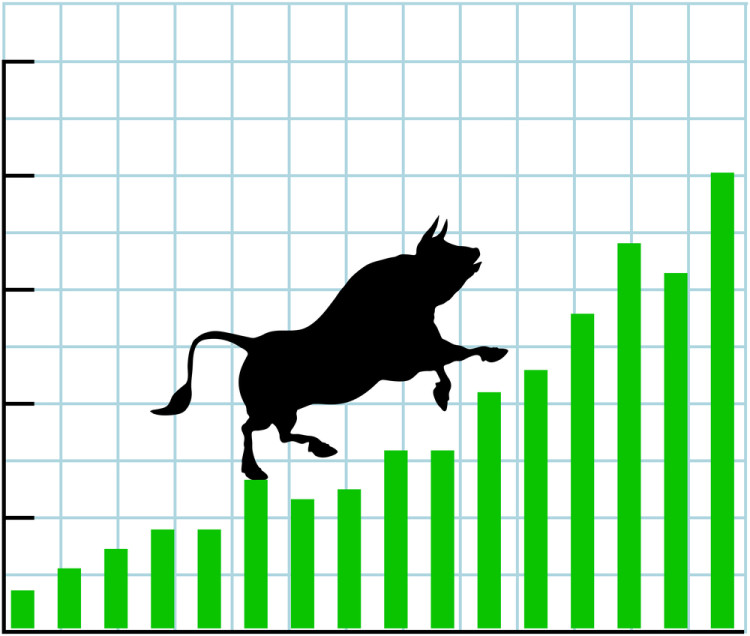How Emerging Markets Can Rally as the Fed Lifts Rates: Shuli Ren

published Aug 6, 2018, 5:00:15 PM, by Shuli Ren
(Bloomberg Opinion) —
A U.S. 10-year bond yield at 5 percent? Emerging markets positioned for any such possibility are being handsomely rewarded.
Over the last month, Indonesia and the Philippines were among the world’s best-performing stock markets, with the Jakarta Composite Index gaining about 6 percent and the Philippine Stock Exchange PSEi Index up more than 9 percent.
Some of this could be a relief rally, because both markets were battered earlier in the year, but the hawkish stance of those nations’ central banks helped. Bank Indonesia has increased the benchmark rate by a full percentage point over the past three months, including a bigger-than-expected half-point hike on June 29. The Philippine central bank pushed its rate up a half-point this year and is expected to raise by another 50 basis points at an Aug. 9 meeting.
One can argue that Indonesia and the Philippines are insulated from the escalating global trade war. Their listed companies tend to be domestic and services-oriented: Nomura Securities reckons their combined revenue from overseas is less than 10 percent of the total.
But weak national currencies are a risk for dollar-based investors. This year, foreigners pulled $3.5 billion from Indonesia and $1.3 billion from the Philippines after bruising 6.3 percent and 5.9 percent declines in the rupiah and the peso, respectively. That was the worst outflow in at least a decade.
Last week, foreign investors were net buyers of stocks in both markets for the first time since January. Before the trickle can turn into a flood, however, they need to see the rupiah and the peso stabilize – especially as the People’s Bank of China is deploying the yuan as a weapon in the trade dispute with the U.S.
There’s another risk: The emerging-market rout may not be over yet. The latest catalyst is the Bank of Japan, which last week found cover for tapering by widening the trading band for the 10-year government bond yield – possibly permitting an increase to 0.2 percent, according to Governor Haruhiko Kuroda.
The move may entice Japan’s long-term investors, mainly pension funds and insurers, to reduce their U.S. bond holdings. The 30-year Treasury yields 3.09 percent, but that drops to 0.56 percent when yen hedging costs are included. In other words, Japan’s yields don’t need to rise much to tip the scale; and if U.S. Treasuries were to bear the brunt of selling, emerging markets would suffer.
EM investing is all about narratives. Look at Indonesia: Naysayers can point out that its companies had a horrible earnings season, missing analysts’ estimates by 24 percent with aggregate 6.4 percent profit growth. Optimists will note that the latest GDP report shows the economy’s resilience in the face of trade conflict. Household consumption, a key metric, grew at the fastest pace since 2014.
If the rupiah stabilizes, talking points will swing to the second case, and Indonesia could be seen as a haven for funds escaping China.
Central banks around the world would prefer to act only on national concerns. But President Donald Trump’s trade war, the tax cut that supercharged the U.S. and the Federal Reserve’s determination not to overheat the economy means that at this critical time, external events are key for many monetary authorities.
Emerging-market central banks would do well to stay in sync with the Fed.
To contact the author of this story: Shuli Ren at sren38@bloomberg.net
For more columns from Bloomberg View, visit Bloomberg view
COPYRIGHT
© 2018 Bloomberg L.P







No Comment